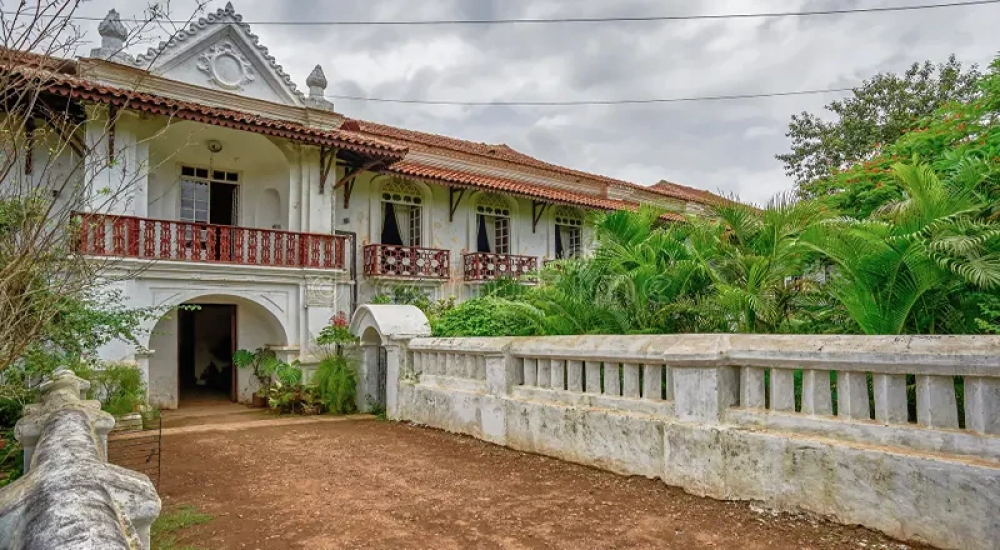

Chandor, originally known as Chandrapur, is steeped in a rich tapestry of history that has undeniably contributed to its unique position in Goa's tourism sector. The origins of tourism in Chandor can be traced back to the era when it was known as the capital of the ancient kingdom of the Kadambas. This foundation lent Chandor an air of historical significance, attracting travelers interested in the bygone eras. The remnants of the Kadamba dynasty and later influences from the Portuguese colonization offer a fascinating mix for history buffs and culture enthusiasts alike.
The tourism landscape in Chandor has evolved over the years, largely driven by its heritage and cultural offerings. From the days when intrepid explorers and historians traversed its terrains to uncover the past, to the present-day tourists seeking a blend of history and tropical charm, Chandor has transitioned gracefully as a serene yet intriguing destination. The introduction of heritage tours and the conservation of historical sites like the Braganza House - a 17th-century Portuguese mansion - have played a pivotal role in putting Chandor on the tourist map. The Braganza House, with its exquisite artifacts and private chapels, continues to be a major draw for visitors from all over the world.
In recent years, Chandor's tourism has seen a shift towards more sustainable and responsible travel experiences. There is a burgeoning interest in agro-tourism, with visitors keen on exploring the spice farms and plantation life that are characteristic of the Goan hinterland. Furthermore, the trend of experiencing local Goan life through homestays and culinary tours has augmented the village's appeal, giving tourists a taste of authentic Goan hospitality and cuisine.
Another emerging trend is the appreciation for Chandor's natural beauty. The idyllic and less crowded setting is a balm for those escaping the hustle and bustle of city life. Tourists can indulge in tranquil walks, bird-watching, or cycling through the paddy fields and along the lush countryside, creating a connect with nature that is both rejuvenating and grounding.
Adventure tourism is also gaining momentum, with treks to the nearby Chandranath Hill and the ruins of the Chandrapur fort attracting adventure seekers. These activities blend the thrill of exploration with a dose of history, satisfying the curiosity of a wide spectrum of travelers.
As the travel industry evolves, Chandor is poised to embrace new trends while preserving its heritage and natural charm. Eco-tourism initiatives and cultural festivals are increasingly becoming part of Chandor's tourism narrative. By promoting responsible tourism and celebrating its legacy and lifestyle, Chandor aims to enhance the visitor experience while ensuring that the beauty and history of the village are safeguarded for future generations.
The convergence of history, nature, and culture poises Chandor to remain a unique and treasured destination within Goa. The tableau of experiences offered by this quaint village secures its place not just in the annals of history but in the hearts of travelers who continue to seek stories untold and paths less traveled.